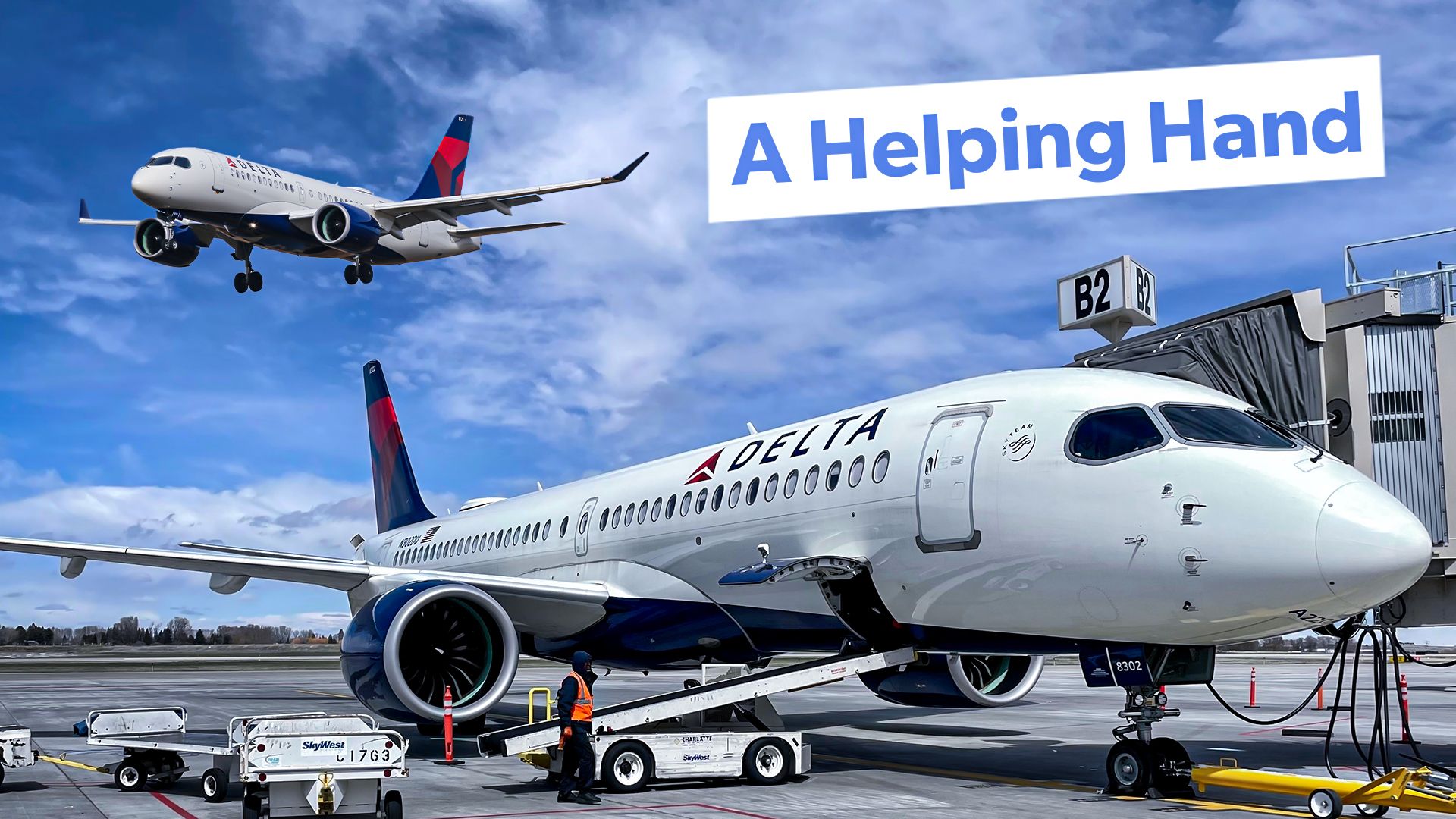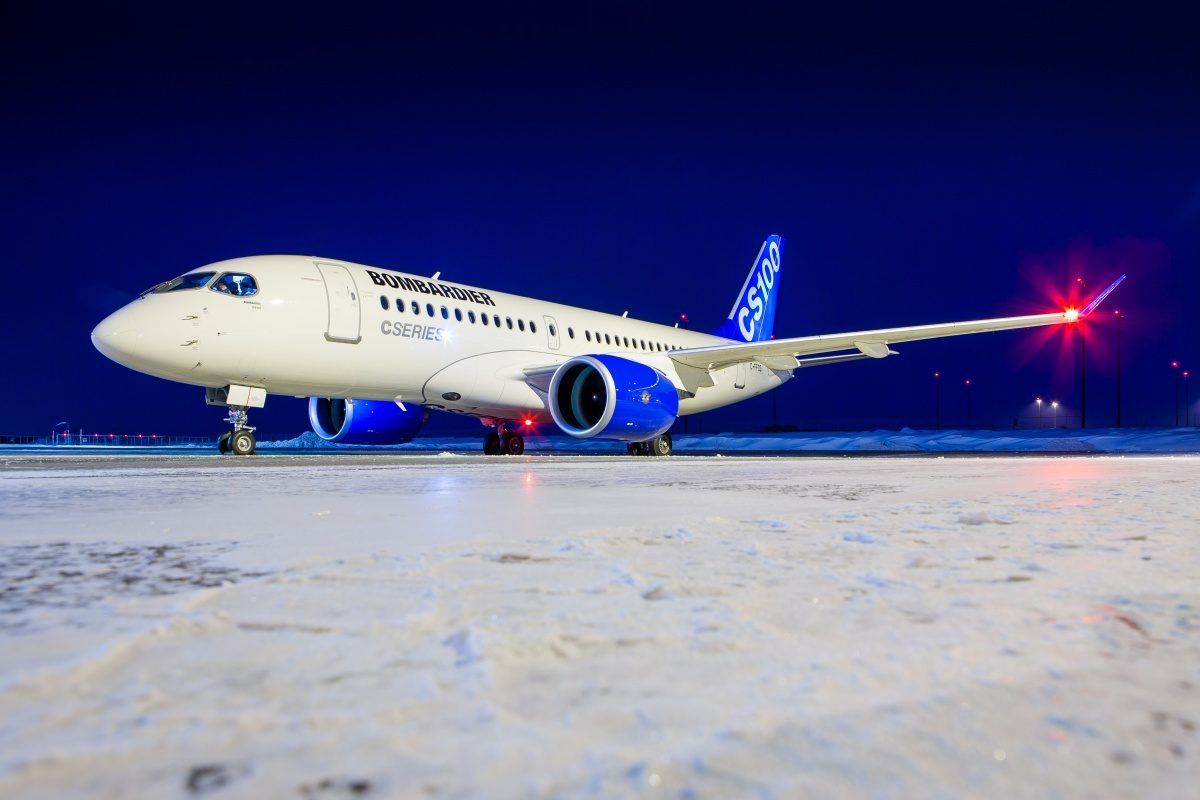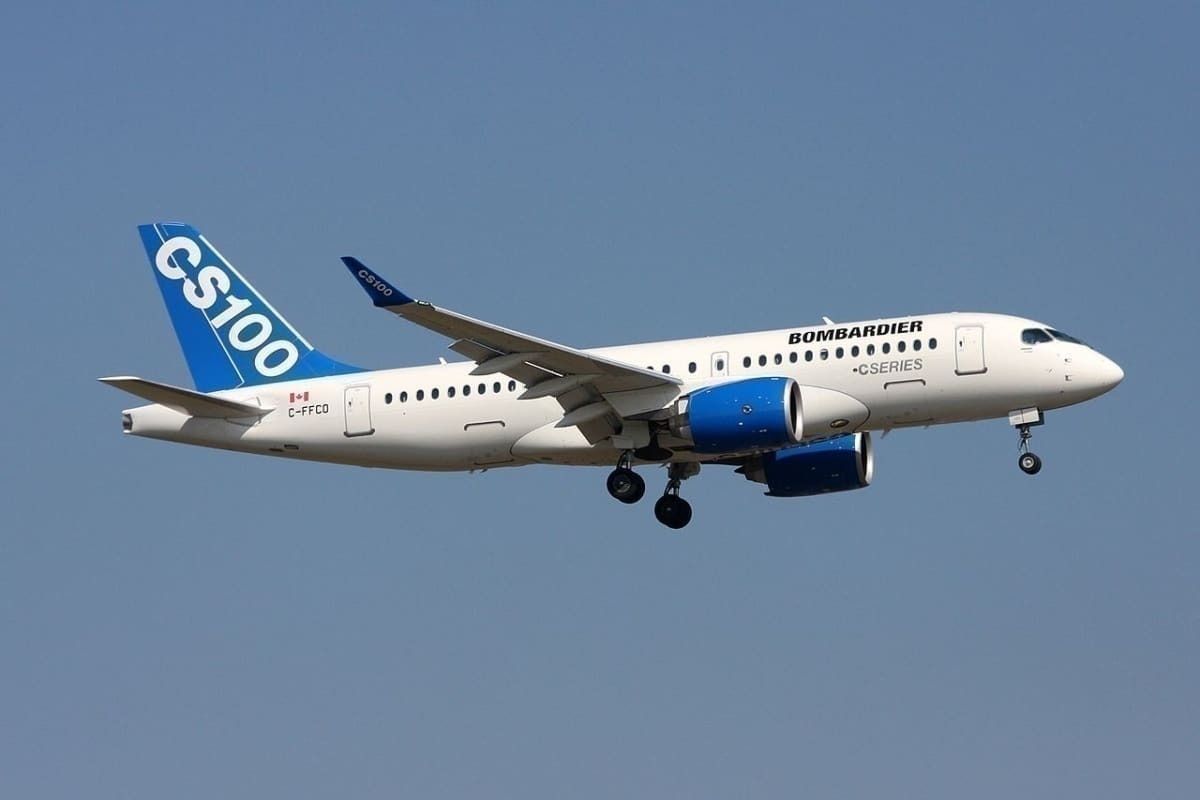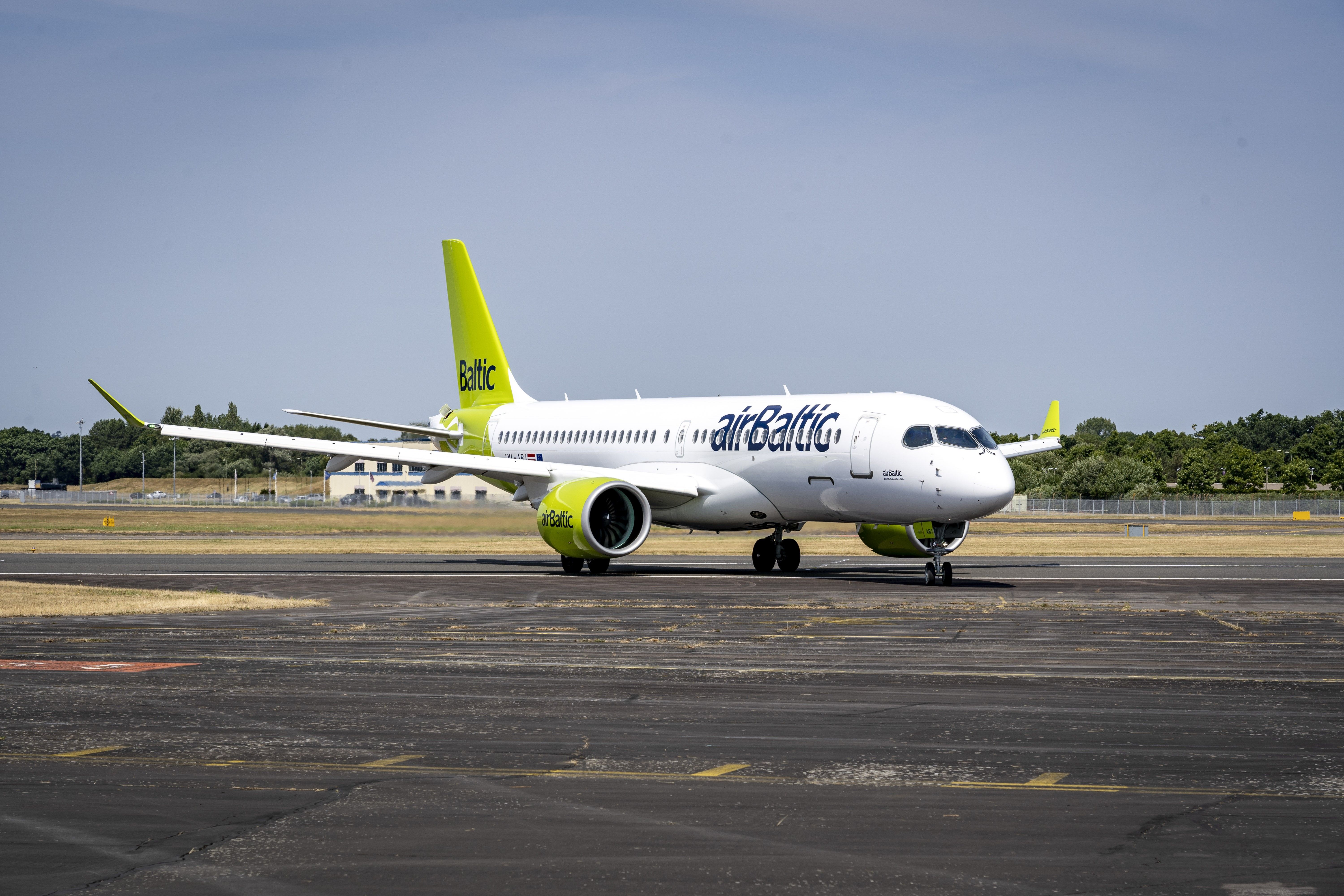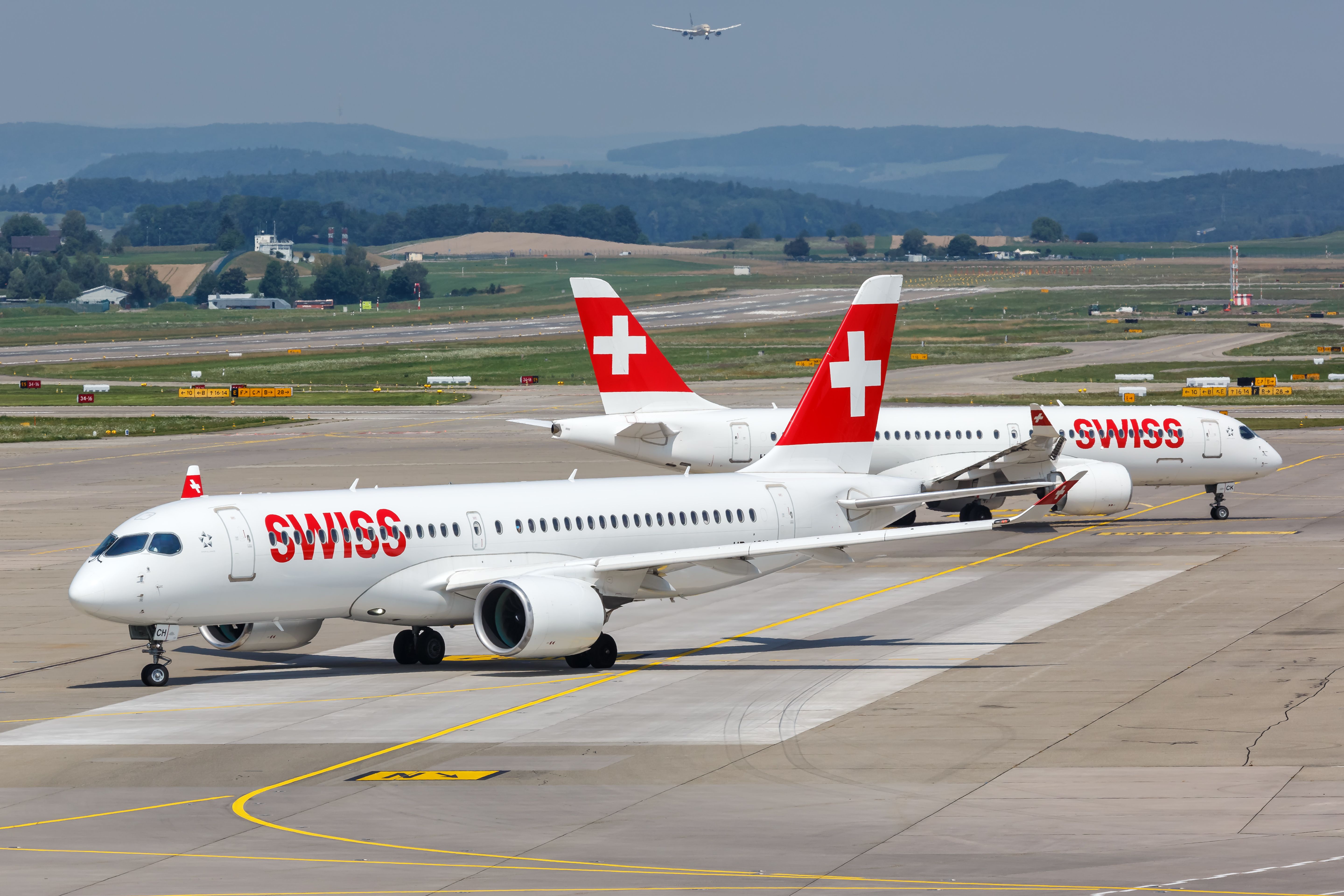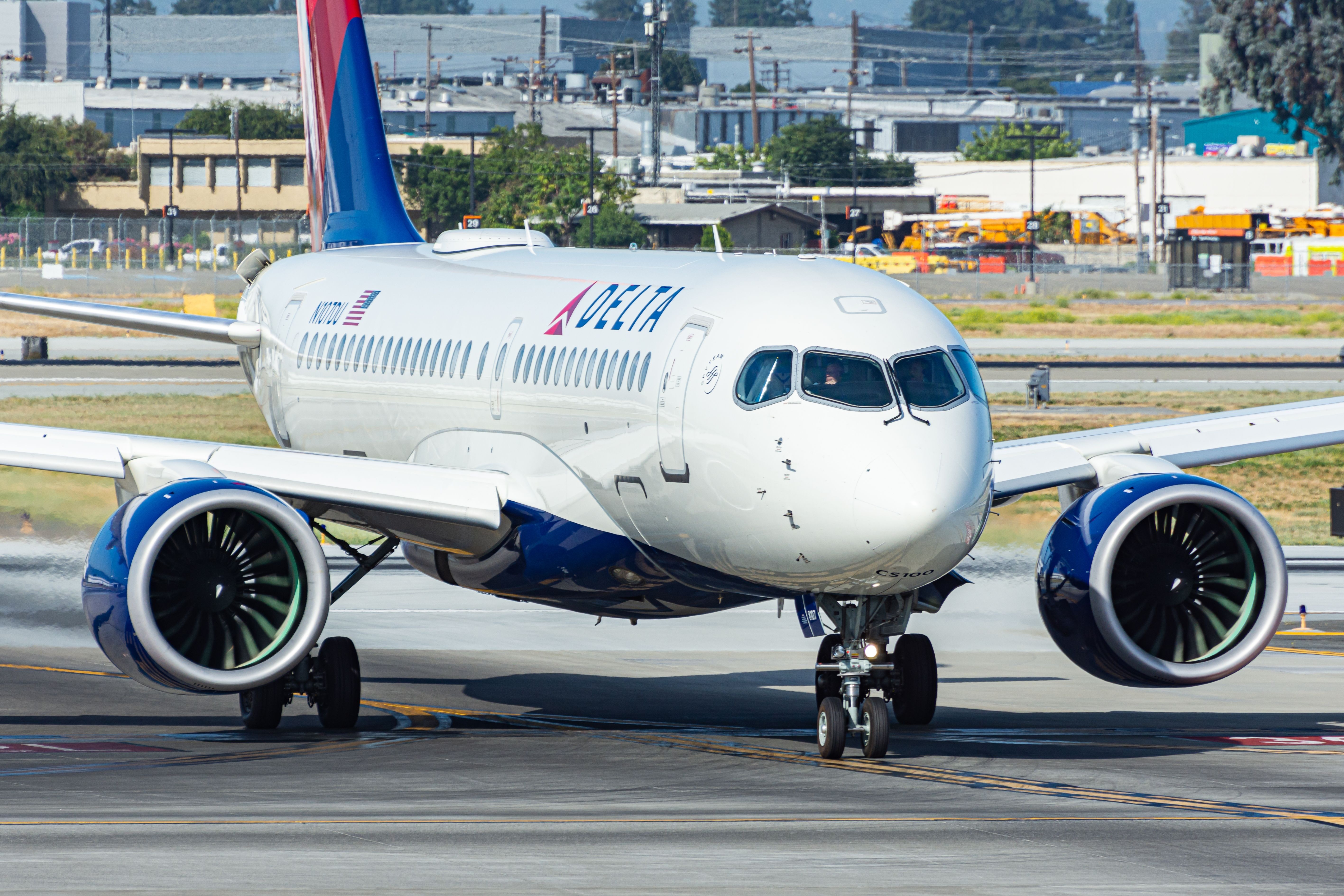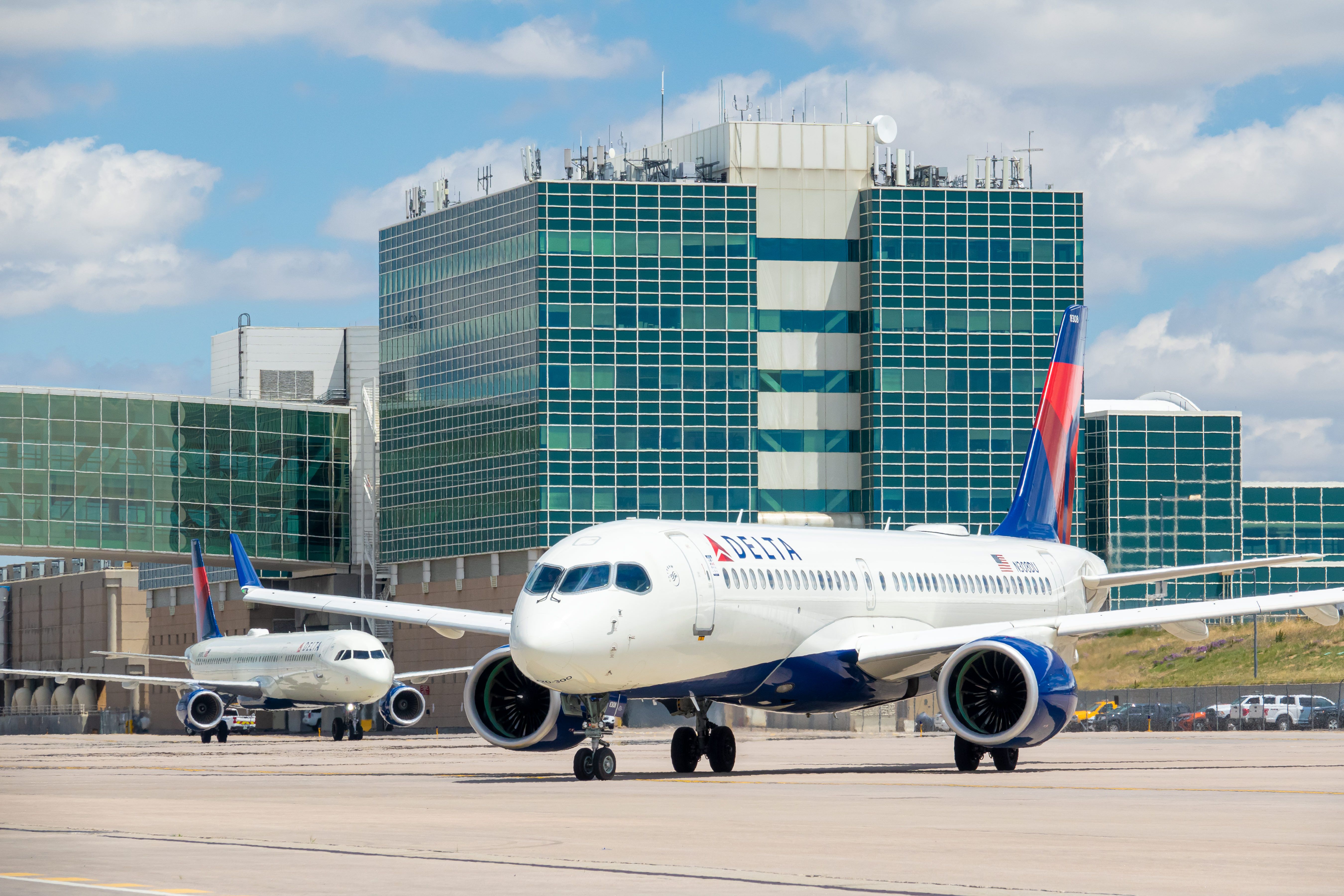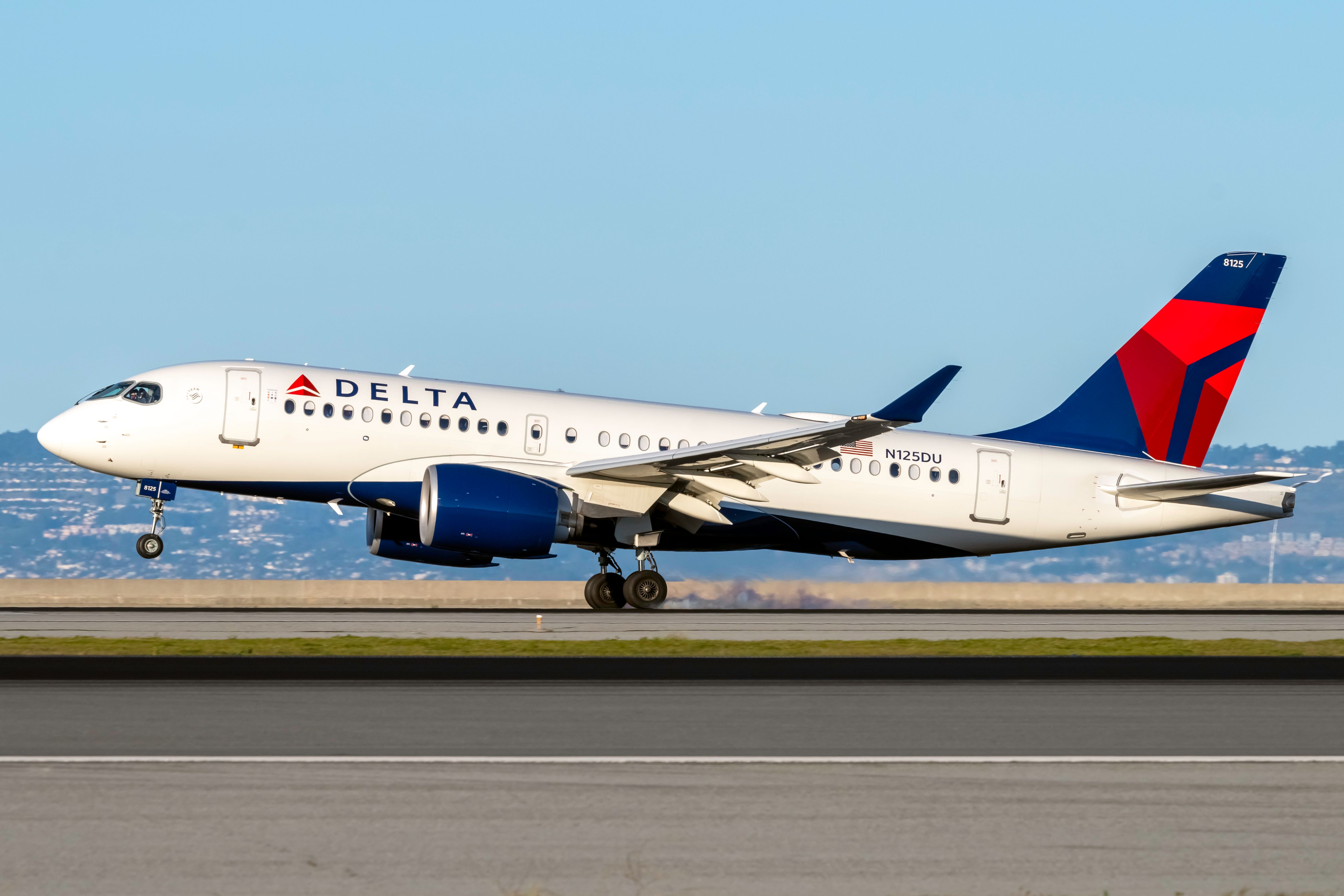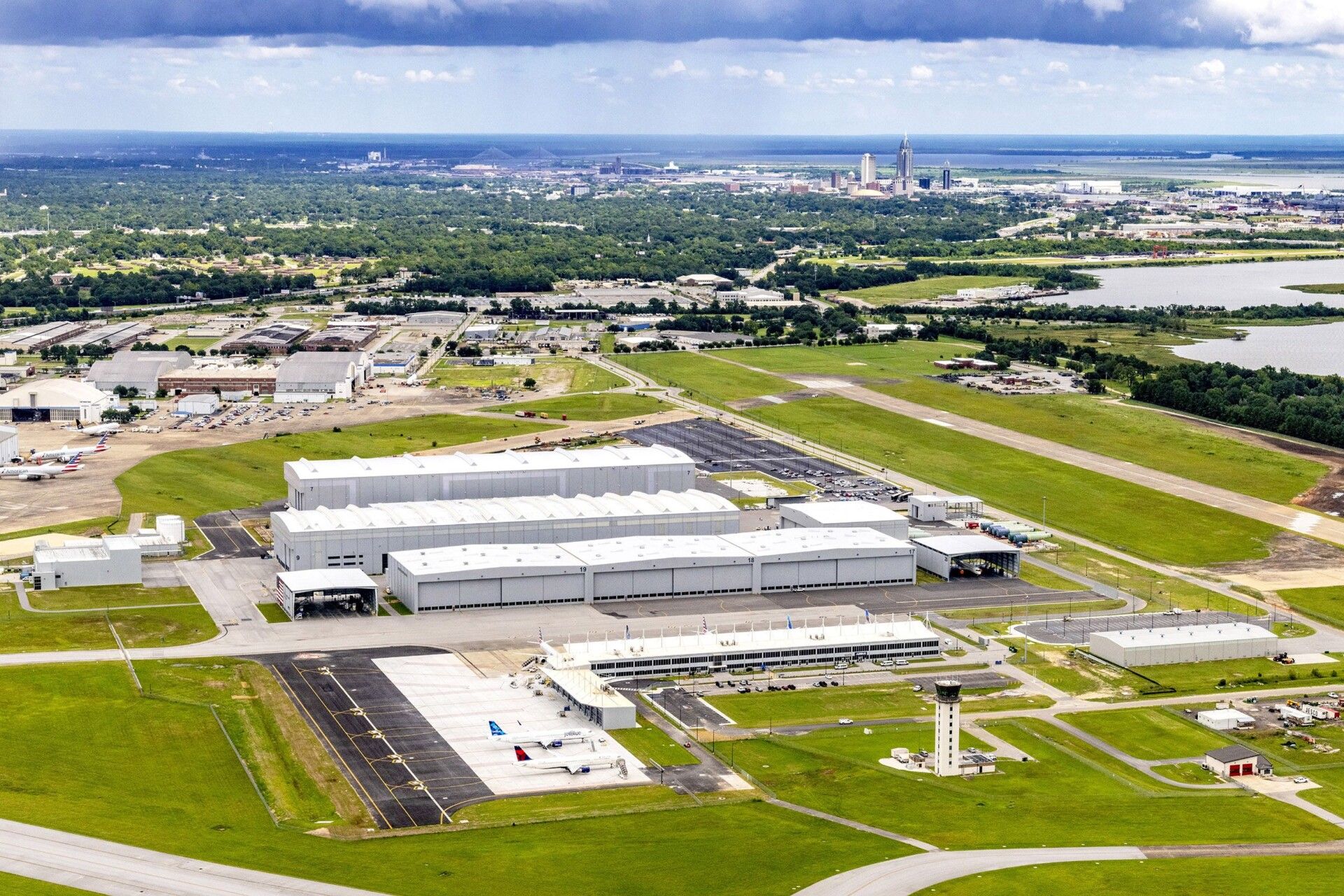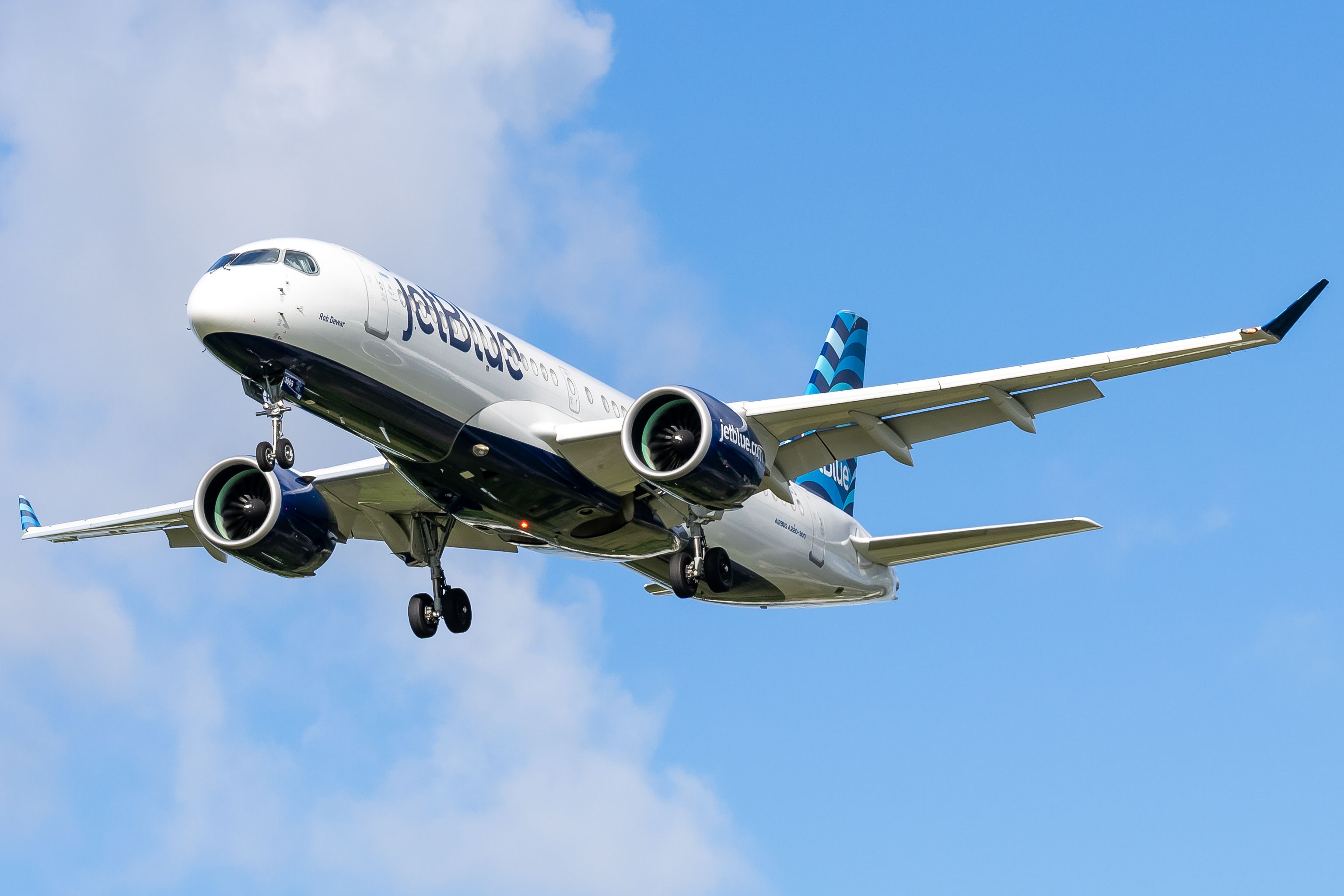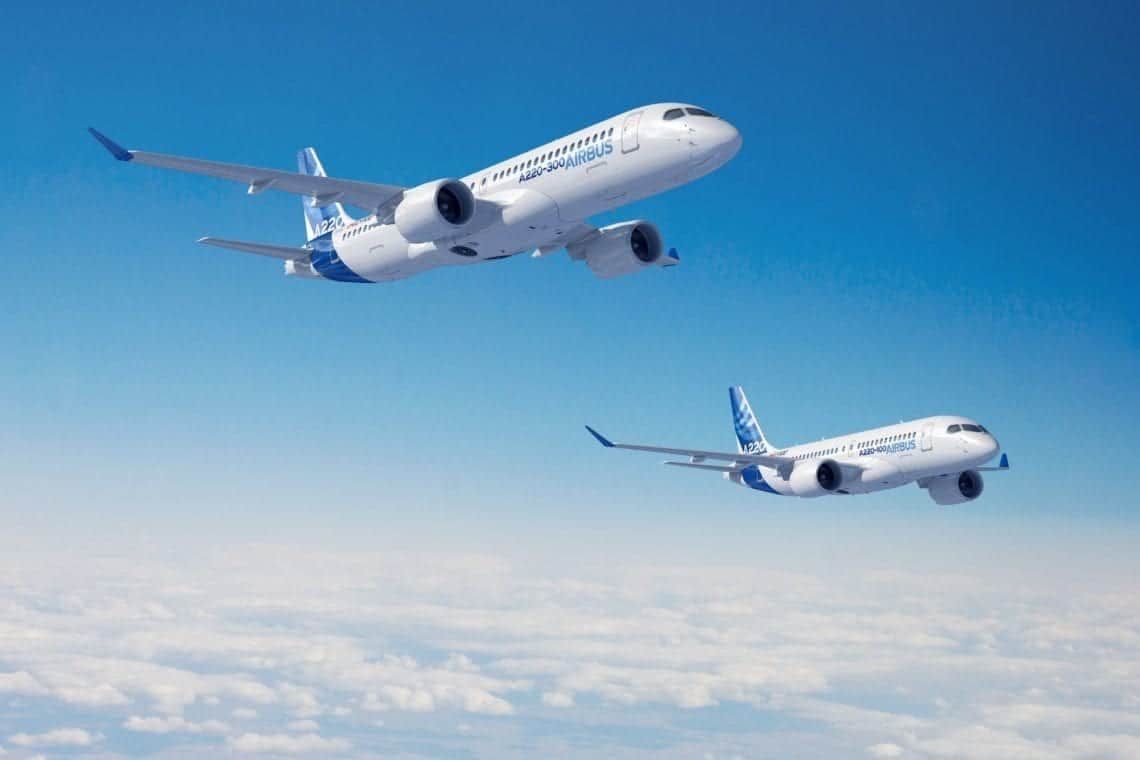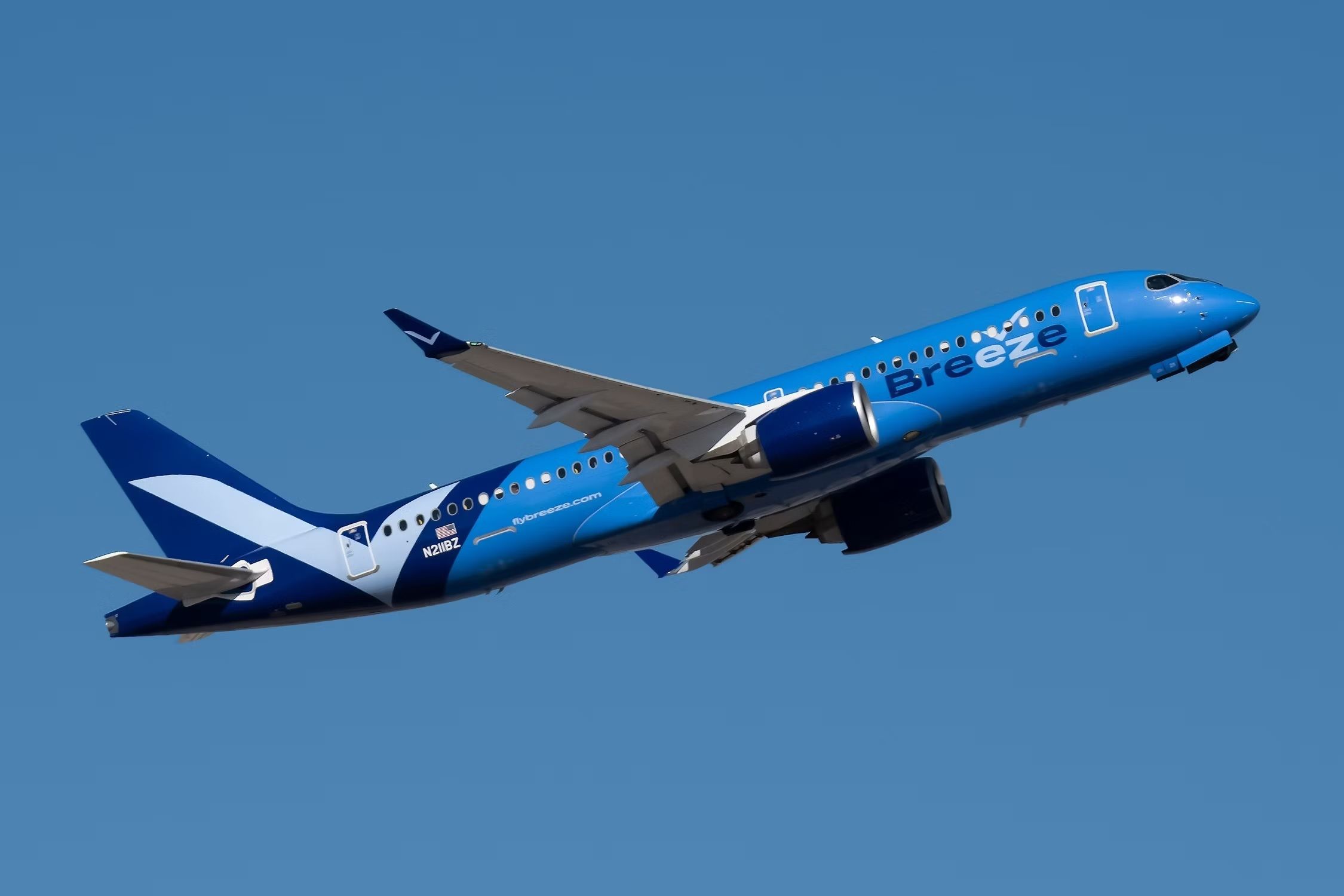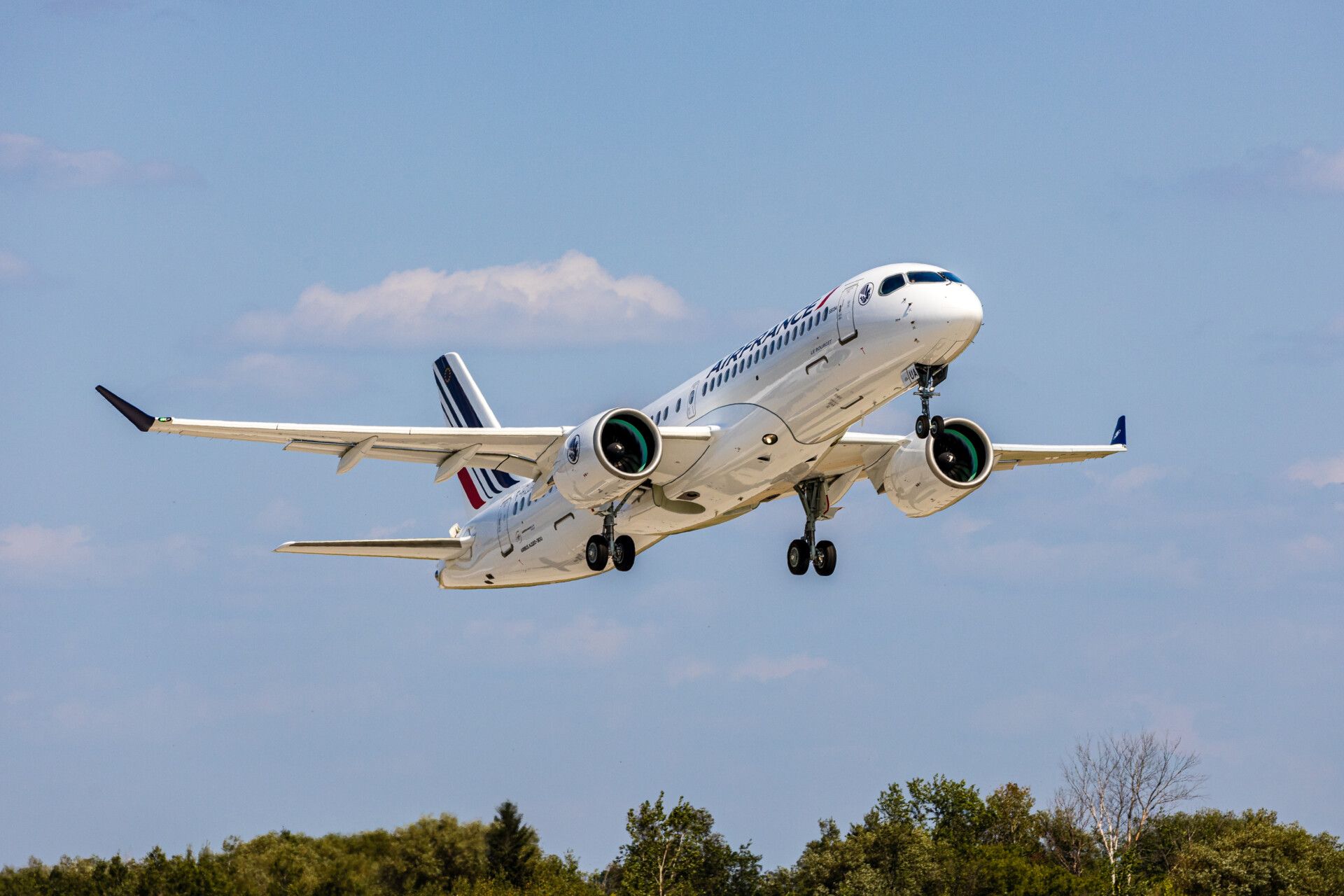It has been just over a decade since the Bombardier C-Series flew its first test flight. It was a huge success, and the program was hailed as a significant advancement in design and efficiency for narrowbody commercial aircraft. But behind the scenes, its parent company was bedeviled by corporate turmoil and massive debt threatening the entire program.
Photo: Bombardier
What happened next is a ‘David vs. Goliath’ story: How an aviation giant tried to bully a much smaller competitor, leading to an outright war with one of its largest customers, and ended up providing an entire clean-sheet aircraft program to its largest competitor for a single dollar. It’s one of the most fascinating stories in modern commercial aviation… but let’s go back to the very beginning to understand how it happened.
The launch of the C-Series program
It was 20 years ago that Canada’s Bombardier, a maker of private jets and regional aircraft, decided it wanted to level up and compete in the mainstream narrowbody segment. Long dominated by the duopoly of the Boeing 737 and Airbus A320 families, Bombardier was convinced it could build an advanced carbon composite jetliner to compete with the smaller variants such as the A319 and B737-700.
Bombardier began working on a clean-sheet design and formally launched the C-Series program at the Farnborough Airshow in 2008. It designed an excellent aircraft with a composite rear fuselage and empennage, new engines, and aerodynamic developments that reduced airline operating costs and gave passengers a spacious and quiet cabin.
Bombardier faced extensive headwinds
Following the launch, Bombardier was plagued with large cost overruns and development delays, a significant challenge for a smaller manufacturer already in a weakened financial situation. By 2015, Bombardier had taken a $1 billion bailout from the Quebec provincial government in return for a 49.5% stake in the program, even as development costs had exceeded $5 billion.
Photo: Luce Borrel | Airbus
Even more worrying, sales for the aircraft were anemic. Despite the excellent design and market potential, by 2015, it had amassed only 243 orders, well short of its break-even point. While it had initial orders from the likes of Swiss Global Airlines, Korean Air, and airBaltic, the glaring omission from its order book was a large purchase from a high-profile American airline willing to show faith in the program and inspire confidence in others.
Photo: Markus Mainka | Shutterstock
Enter Delta Air Lines, savior of the C-Series
Bombardier thought it finally had that ‘anchor customer’ in early 2016 when it competed with Boeing for an order of small narrowbodies from United Airlines. Despite Bombardier having the best product, Boeing won, and United ordered 65 Boeing 737-700s. It was later reported that Boeing gave United a 70% discount to shut Bombardier out.
Photo: Minh K Tran | Shutterstock
The entire C-Series program was teetering on the brink when, in April 2016, Bombardier finally landed the big sale it had long sought: an order for 75 CS100s (the smaller aircraft variant) from Delta Air Lines. In retrospect, this order saved the C-Series program, but also set Boeing on the warpath.
Boeing files a petition against dumping
In April 2017, Boeing filed a complaint with the US Commerce Department and the US International Trade Commission (ITC) charging Bombardier with dumping. The complaint alleged that Bombardier only won the Delta order by selling the aircraft for $19.6m each, well below their $33.2m production cost, and that Canadian government subsidies supported these abnormally low prices.
The Commerce Department and ITC agreed with the petition and applied a combined 300% tariff on any C-Series aircraft exported to the US in September of that year. With Delta expecting its first aircraft to roll off the production line in Mirabel, Canada, in just months, the whole deal was in jeopardy.
Photo: Denver International Airport
Delta helps to turn the tide
This is where the story gets fascinating. Instead of quietly backing away from the deal, Delta came out swinging. It issued an immediate statement, dripping with sarcasm, saying:
“Boeing’s business could not have been hurt by this deal because Boeing has no American-made product in its portfolio that can compete with the C-Series. It canceled production of its only aircraft in this size range — the 717 — more than ten years ago.”
As Boeing continued to press forward with its petition, Delta executives struggled to contain their fury. Testifying before the ITC investigation, Greg May, SVP of Fleet Strategy at Delta, said:
“I want to be very clear. No American company or worker was harmed by this deal. Boeing was not competing for our new orders when we were negotiating with Bombardier. Boeing had no viable competitive alternatives to the CS100, and we were not even considering Boeing when we made the Bombardier purchase that Boeing challenges in this petition. To state that the 737-700 was a potential alternative is a complete falsehood. It is in a different airplane category. I can’t emphasize this enough…the 737-700 is not a 100- to 110-seat aircraft. Boeing could not compete for this order because they do not produce a plane in the 100 to 110-seat gauge.”
Photo: Vincenzo Pace | Simple Flying
Delta’s reaction was crucial. When Boeing, as an American company, challenged a foreign competitor and its government, it was easy for the US government to back it. But here was another American company making a clear statement that not only was Boeing not harmed because it wasn’t competing, but that Delta, also an American company, along with its American workers and customers, could all be harmed financially if it was forced to pay a 300% tariff.
The Bombardier-Airbus Switcheroo
The scorn poured on it from one of the largest airline customers in the world must have rattled Boeing. But far worse was to come. Unbeknownst to Boeing, the Bombardier executive team had met with Airbus during the period when it obtained its bailout, hoping to form some sort of partnership. However, Airbus wasn’t interested at the time.
But now everything was different. Bombardier was in a distressed state, open to any sort of lifeline it could get. Delta, a crucial customer for Airbus where it was bidding for massive widebody orders, would look very favorably on any ‘white knight’ that could resolve this crisis. And best of all, Airbus had an ace up its sleeve: A production plant in Mobile, Alabama.
Photo: Airbus
Airbus swooped in, and less than a month after the tariff was announced, Bombardier handed 50.01% of its prized airliner program to Airbus, with zero upfront cash investment required from the European aviation giant. As part of the deal, Airbus announced that all C-Series aircraft for US customers would be produced at its assembly plant in Mobile, ensuring they were not subject to any tariffs.
Photo: Vincenzo Pace | Simple Flying
Airbus mobilizes in Mobile
As it turned out, the ITC eventually struck down the proposed tariff in January 2018, officially ending the dispute. But it was too late for Boeing, which had clearly shot itself in the foot. By the summer of 2018, the Bombardier C-Series was no more. It had been rebranded as the Airbus A220 and folded into the Airbus product lineup.
By 2020, Bombardier had left the partnership as it divested itself from all of its commercial aviation assets. This left the program to Airbus entirely, with the provincial government of Quebec as a minority shareholder. It was a sad end for Bombardier, which has made all the hard yards in getting this game-changing jet to market.
While many saw the proposal to build the Canadian jets in Alabama as a ploy to sway trade regulators, Airbus, as it turns out, was dead serious. It already had an A320 assembly line on the site, and in January 2019, it broke ground on a new A220 assembly line. Work progressed quickly, and Airbus delivered its first US-assembled A220-300 to Delta Air Lines in October 2020. Deliveries to other US carriers, such as JetBlue and Breeze Airways, were to follow.
Photo: Robin Guess | Shutterstock
Scaling up the A220 success
Airbus quickly got to work on maximizing the benefits of its A220 windfall and focussed its energies on the following areas:
- Sales: It immediately put the full power of its brand and experienced sales force behind the A220, and results flowed quickly. Large orders from the likes of JetBlue (100), Breeze Airways (90), and Air France (60) started rolling in, while Delta increased its orders to 145. Airbus now has over 900 orders for the type, more than triple what it had when it acquired it.
- Production: Airbus has invested heavily in Mirabel and Mobile’s production facilities. When it acquired the program, the standard production in Mirabel was barely one aircraft a month. Airbus reports that it will be up to 14 per month (10 in Mirabel, 4 in Mobile) by the end of the year, with plenty of opportunity to grow further.
- Performance Improvements: Even after the C-Series had beaten its performance promises by 3%, Airbus has introduced multiple performance improvement packages to the aircraft, including multiple increases in MTOW, extra fuel tanks leading to multiple expansions to range, and increased payload capacity.
- Future Development: Airbus announced an Airbus Corporate Jets (ACJ) variant of the A220-100, known as the ACJ TwoTwenty. Airbus is also working on a stretch version of the aircraft, dubbed the A221, which would put it firmly in the bracket of the 160-180 seat B737s and A320s. This would also allow Airbus to shift more of its A320 production line capacity to the very popular A321.
Photo: Air France
The long-lasting fallout for Boeing
For Boeing, the entire episode was an unmitigated disaster. In just three short years after filing its petition, Boeing’s largest foe was building a highly competitive product right in its backyard. It had gifted its fiercest competitor a completely developed aircraft program with none of the development costs. Now, it was fighting on an entirely new front in the narrowbody battle, and it was already losing badly to the A320neo and A321neo.
It had also tarnished its name with the airlines, most notably Delta. While executive leadership said all the right words about how Boeing was a valued partner, it was clear that the relationship had soured and two were ‘on a break’. For years, the only orders coming out of Atlanta were for hundreds of A350s, A330s, A321s and A220s, and it is only recently that Delta returned to Boeing with an order for the Boeing 737 MAX 9.
Of course, much of this story is now forgotten because Boeing lurched from this disaster to something far worse. By 2019, its B737 MAX program was grounded because of two high-profile crashes, and it has been battling ongoing production issues with both the B737 and B787 programs, not to mention extensive delays to its B777 program. However, its cavalier handling of competition from the C-Series and its handing over of the A220 program to Airbus is a case study of corporate strategy failure that business majors will be studying for decades.
